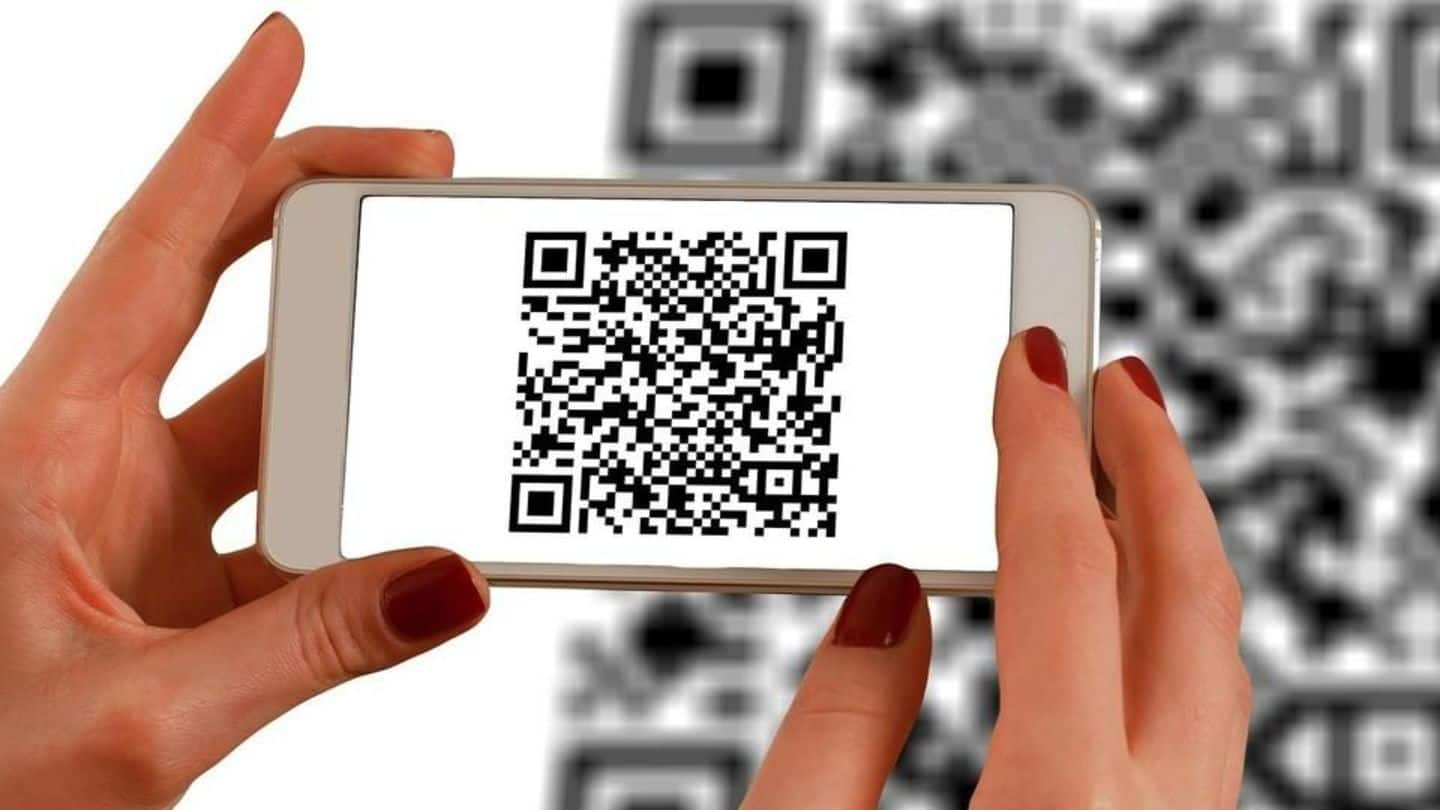
QR codes are changing India, one transaction at a time
What's the story
Indians are familiar with the concept of a barcode. Every time someone shops at any supermarket, the shopkeeper scans the barcode of every purchased product and hands over the total bill. A similar technology forms the backbone of Indian digital payments system, post demonetization. The small squiggly square aka the QR code is now present in most of the stores across India. Here's more.
Paytm
What is it all about?
QR code is now well known in India, thanks to Paytm. One of the biggest benefactors of demonetization, Paytm, has a significant number of merchants signed up with its digital wallet. During cash crunch, it helped considerably to just transfer money in that wallet, scan the box and make payments seamlessly. In a brief period of time, India warmed up to the idea.
QR code
Gaining momentum with time
From there, QR code usage has become more prominent with time. Now almost all card payment networks and the Unified Payments Interface (UPI) have a 'scan and pay' scheme. Since QR code readability is 10 times faster than a barcode and Indians already have an idea of how to use it, the technology fits perfectly in the entire scheme of things.
Digital India
Part of the bigger picture
Even for the Centre, the QR code is an integral part. It makes the Digital India drive less bumpy. For example, they can be tagged along with the utility bills that one receives every month. Instead of standing in queues to make the payments, one can just take out the phone, scan the code and make the necessary transactions. It simplifies the process immensely.
China
Why is it the right fit?
In India, adoption of this technology shouldn't be a gargantuan feat. Currently, 300 million Indian consumers have smartphones and 20 million customers are getting added to that list every month. Therefore, in the next two-three years, we may get to see a situation similar to that of China, where almost two out of every three citizens use QR code-based payment methods.
Bharat QR
A uniform standard
For an entire nation to make use of a single form of QR code, to carry out transactions, a uniform standard was needed. Upon RBI's prodding, the card companies came together to create such a standard and the Bharat QR was launched in December 2016. This standard can be effectively adopted by all institutions regardless of them being card-based, account-based or wallet-based.
MeitY
Making the significant transition
According to Ministry of Electronics & Information Technology (MeitY) data, around 7 lakh shops in the country are now Bharat QR-enabled and, hopefully, by March 2018 the target of making it 1.5 million will be easily achieved. An entire nation is now rapidly migrating from cash intensive transactions towards seamless digital payments, thanks to a square squiggly box.